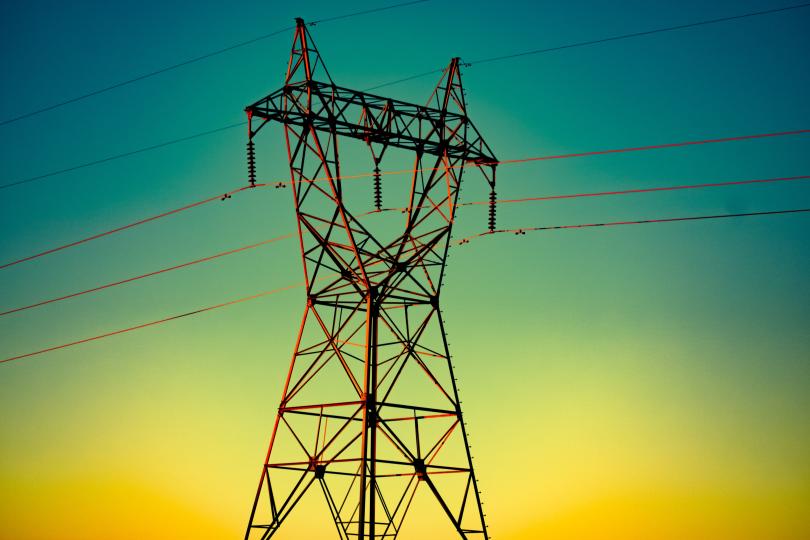Rand quoted on federal vote to streamline clean energy grid connection
Editor’s note: The following content is excerpted from a full story in CNN by Catherine Clifford
Federal regulators voted unanimously in July to approve rules that aim to speed up the process of connecting new power sources to the energy grid.
The rules could start to unclog a massive bottleneck that stands in the way of getting clean energy sources online to slow global warming, even if they aren’t a panacea.
To connect a new power source, like a new wind or solar farm, to the electric grid, energy generators have to submit an interconnection application to a transmission operator, which enters them into a queue. Then the grid operator has to complete a series of studies to measure what equipment and upgrades will be necessary and how much the whole process will cost.
The entire electric grid in the U.S. has installed capacity of 1,250 gigawatts. There are currently 2,020 gigawatts of capacity in the interconnection queue lines around the country, according to a report published in April at the Lawrence Berkeley National Laboratory. That includes 1,350 gigawatts of power capacity — mostly clean — looking to be constructed and connected to the grid. The rest, 670 gigawatts, is for storage.
…
Joseph Rand, an energy policy researcher at Lawrence Berkeley National Laboratory who leads the annual study on interconnection queues for the national lab, told CNBC the “rules are an incremental step in the right direction.”
Some of the independent regional grid system operators already have implemented some of the changes FERC voted for, like first-ready first-served cluster studies, Rand told CNBC, but not all transmission is regulated by regional independent system operators. In some parts of the country, utility companies regulate transmission. For those utilities, these rules “will be a bigger change,” Rand said, “and that means something.”
“For the non-ISO utilities, moving to a cluster process will be a big deal — in the ISOs there is pretty strong consensus that cluster studies have been a big improvement over the old serial process,” Rand told CNBC.
Generally, the rules were about what Rand expected to see come out of FERC, but he was surprised to see the financial penalties for transmission operators that don’t deliver interconnection studies.
“The financial penalties imposed on transmission providers for delayed studies could make a big difference, if they are indeed implemented with real teeth,” Rand told CNBC.
Also, the rule changes that will facilitate hybrid power generation and battery storage “could be a very big deal for unlocking storage and hybrid projects in the queues,” Rand said, pointing to the massive amount of battery storage in the interconnection queues already.
…
“To be clear, the new rules, if implemented in tandem with the FERC’s separate proposed rule changes to transmission planning, could make an even bigger difference,” Rand told CNBC. “Much of the current backlog can be attributed to fundamental constraints and underinvestment in transmission — especially the longer-range, interregional variety — and the proposed transmission planning rules would help with that issue.”
